THE INSTRUCTIONAL GUIDE
One4All Kit
1
Welcome to the One4All Stem Kit
Your kit empowers you to create amazing STEM projects with components for electronics, IoT, and automation. Dive into hands-on learning and innovation!
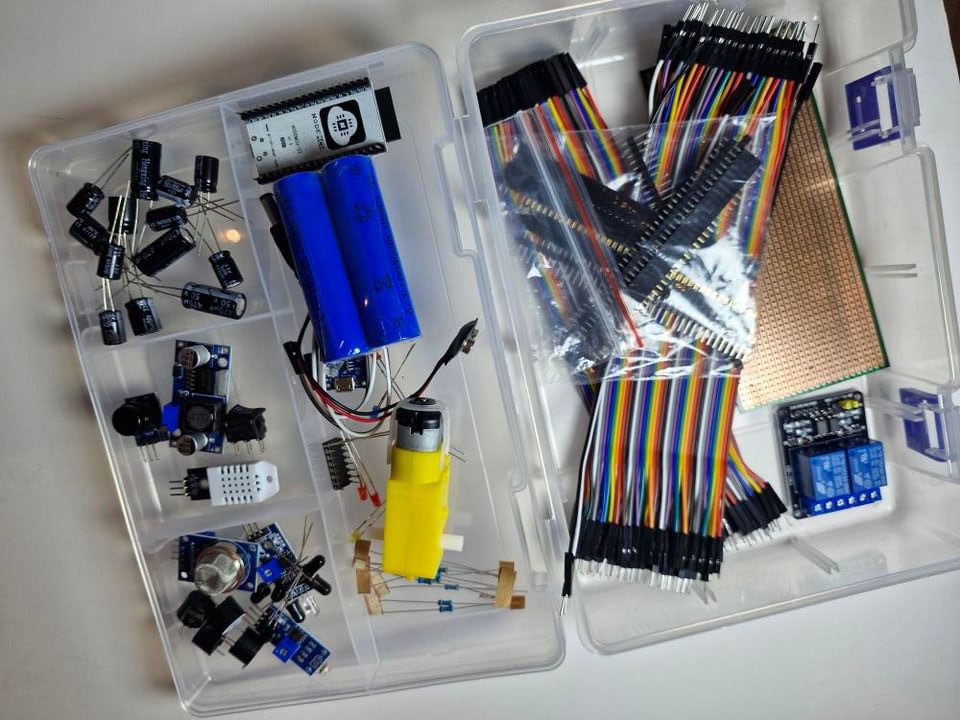
- Tool Safety
Soldering Precautions:
Use a soldering stand to hold hot irons.
Work on heat-resistant surfaces.
Provide proper ventilation to avoid inhaling fumes.
Multimeter Usage: Ensure proper settings to avoid damage or injury.
- Sensor and Module Handling
Static Precautions: Handle sensitive electronics (e.g., sensors, microcontrollers) with anti-static wristbands or on anti-static mats.
Environmental Protection: Keep components dry and away from extreme temperatures.
- Solar Panels and Li-ion Batteries
Sunlight Exposure: Handle solar panels with care; do not stare directly at reflections.
Battery Handling: Use battery holders to prevent direct handling of cells.
- Packaging and Storage
Secure Packaging: Store all components in labelled, compartmentalized containers to prevent loss or mixing.
- Emergency Preparedness
Cut Power: Know how to disconnect power in case of a short circuit or overheating.
Fire Safety: Keep a fire extinguisher nearby, particularly when using soldering irons or batteries.
Safety Guidelines
- General Guidelines
Supervised Use: Always have adult supervision when students are handling STEM kits.
Read Instructions: Ensure all users read the included safety instructions before starting.
First Aid: Keep a first aid kit readily available in case of minor injuries.
- Electrical Safety
Low Voltage Components: Use components that operate at safe, low voltages (3.3V–12V) to minimize risks of electric shock.
Insulated Wires: Ensure wires are properly insulated to prevent accidental short circuits.
Battery Safety:
Do not overcharge or puncture batteries.
Avoid exposing batteries to extreme heat or moisture.
Use proper connectors to prevent reverse polarity.
Inspect Circuits: Check circuits for loose or exposed wires before powering them.
- Mechanical Safety
Sharp Edges: Ensure tools like screwdrivers and cutting tools are used carefully, and blunt any sharp edges on mechanical components.
Moving Parts: Avoid touching moving parts (e.g., motors) during operation to prevent injury.
Wear Protective Gear: Use safety goggles and gloves when working with mechanical tools or assemblies.
- Chemical Safety
(If the kit includes chemical components)
Storage: Store chemicals in labelled, childproof containers.
Usage Area: Conduct experiments involving chemicals in well-ventilated areas.
Protective Gear: Use gloves and safety goggles when handling chemicals.
2
3
Microcontroller (ESP32 NodeMCU) Setup
The ESP32 NodeMCU included in the kit is equipped with WiFi and Bluetooth, enabling remote control and IoT functionalities.
- Getting Started with ESP32:
- Introduction to ESP32
- Installation Guide: Getting Started with ESP32 by Last Minute Engineers
- Basic Project: Connect the ESP32 to the Arduino IDE and test the WiFi capabilities with a simple LED on/off project.
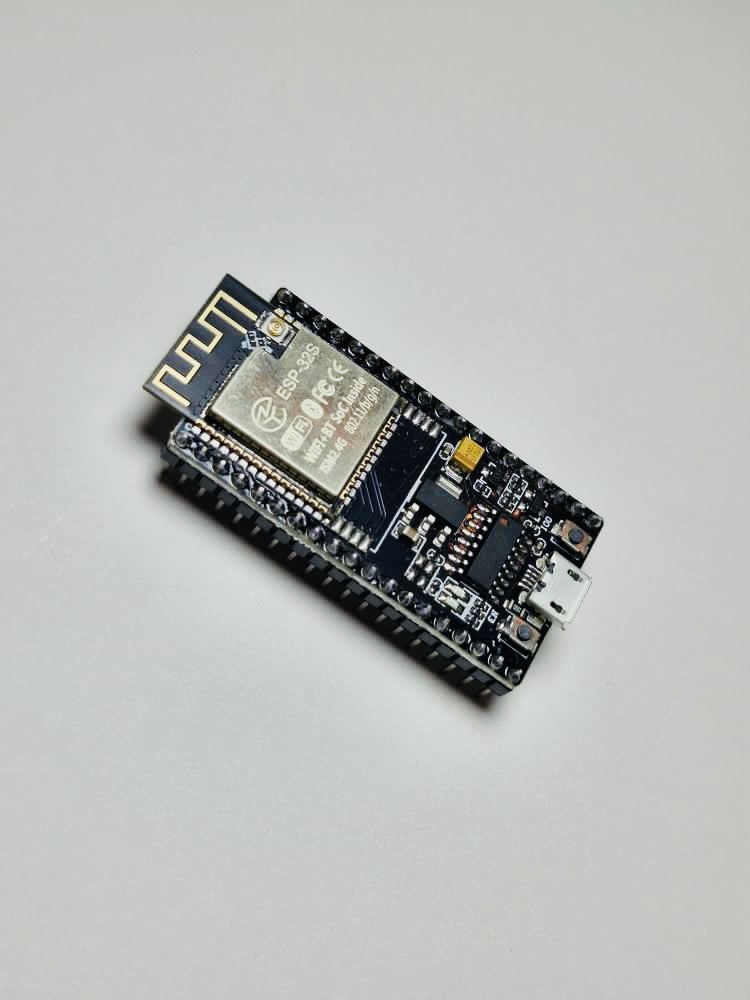
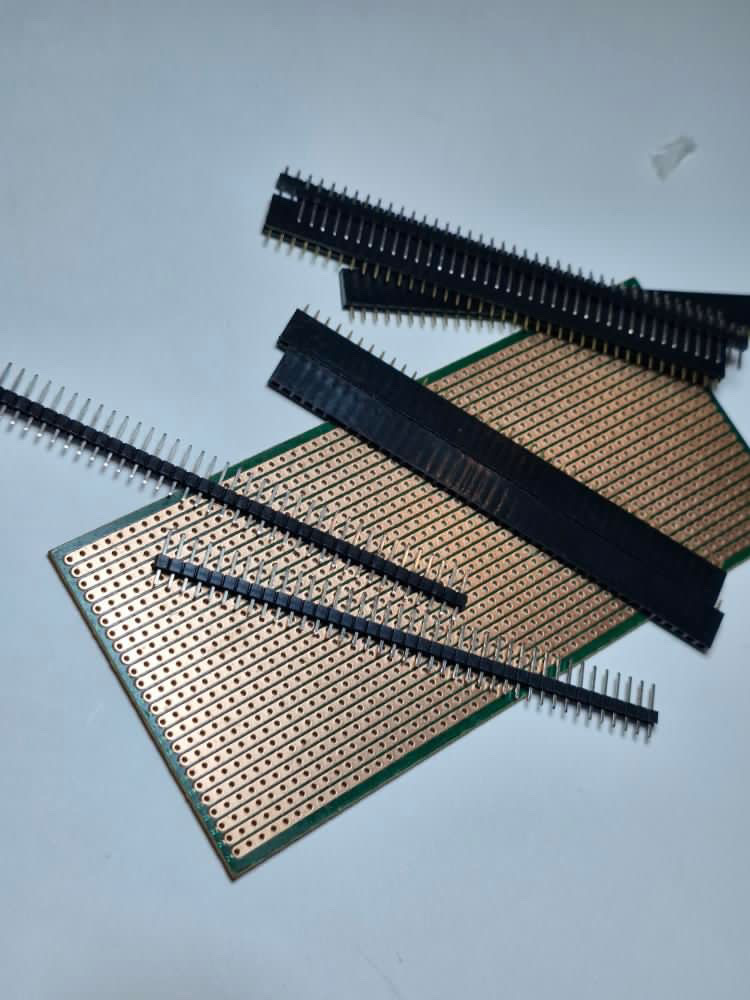
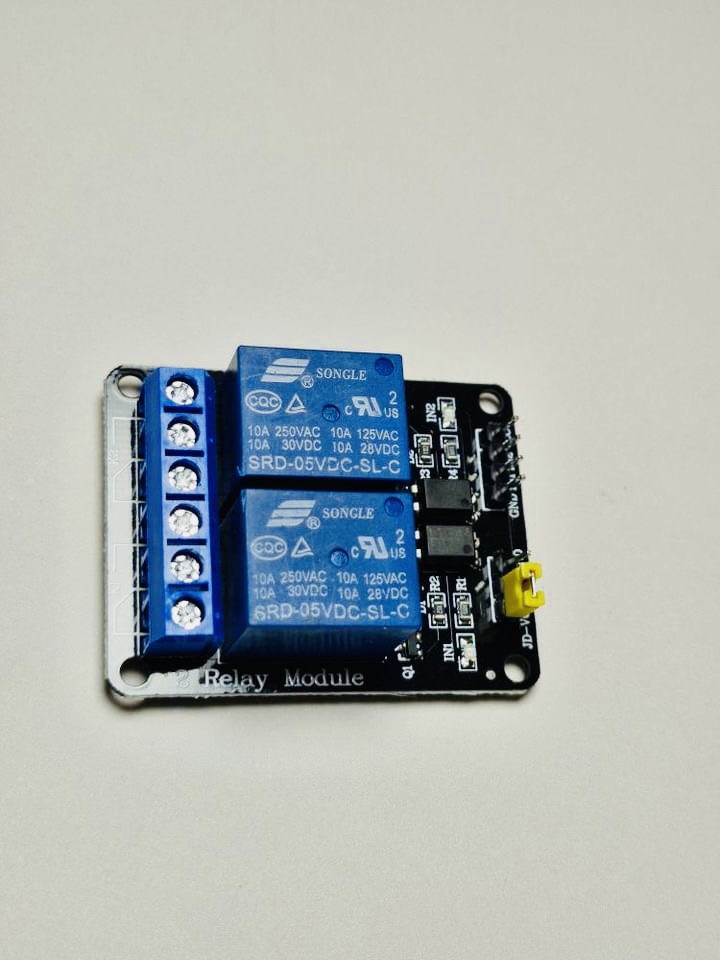
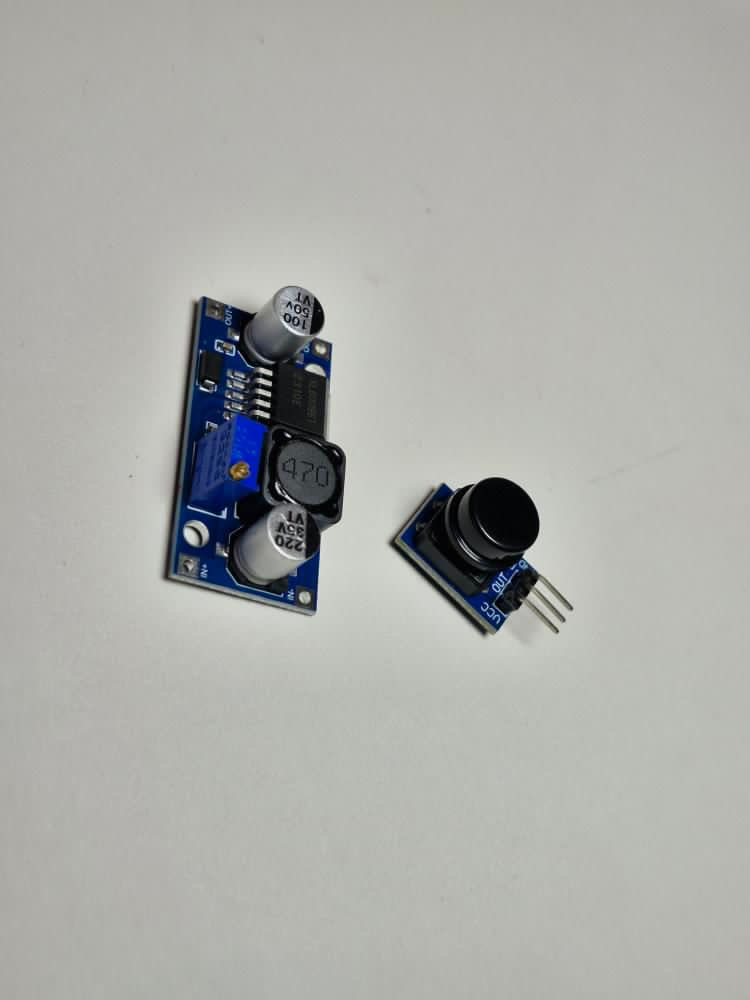
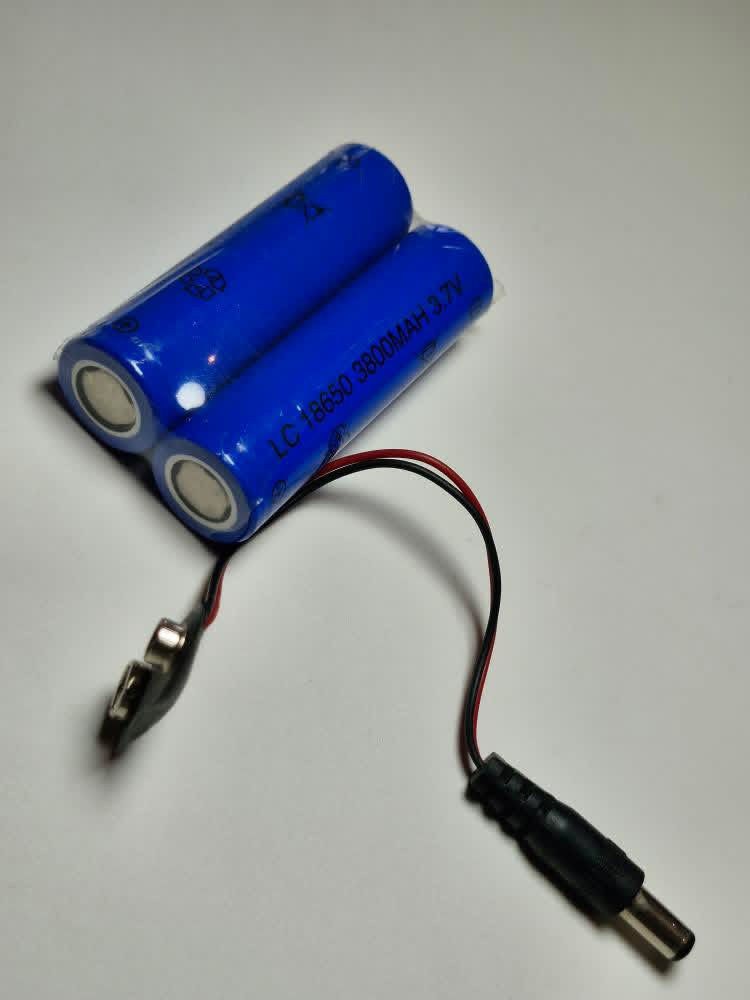
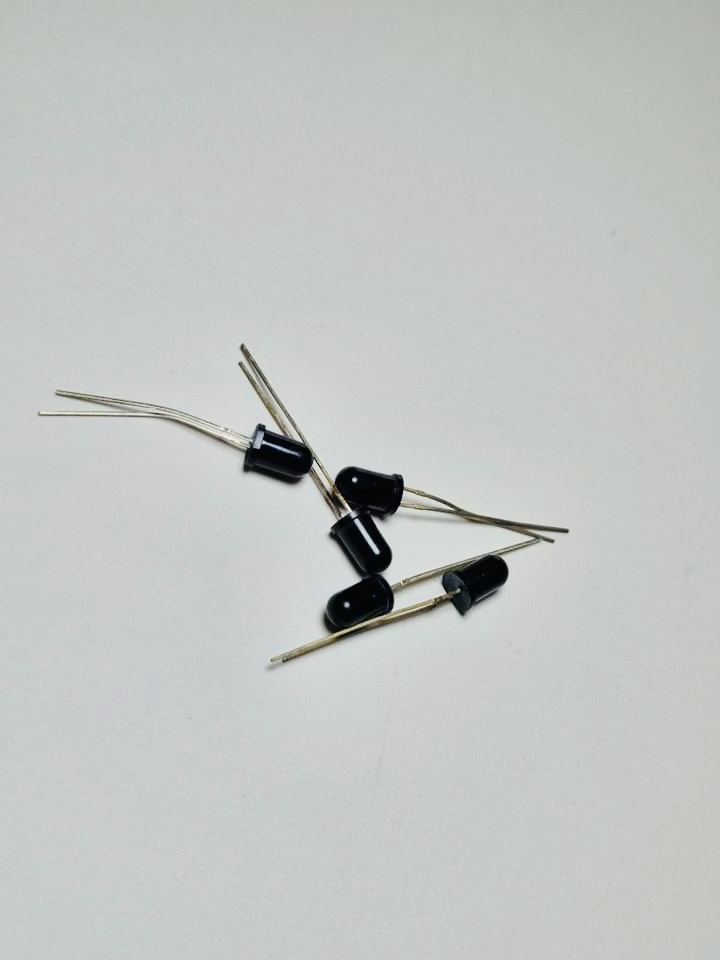
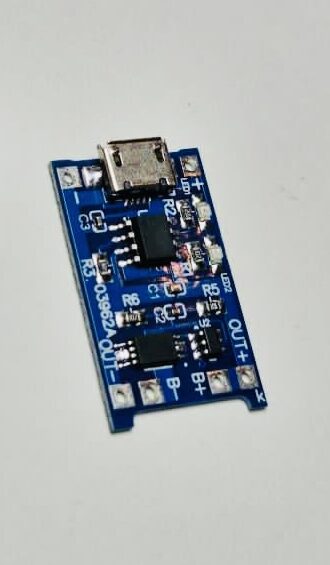
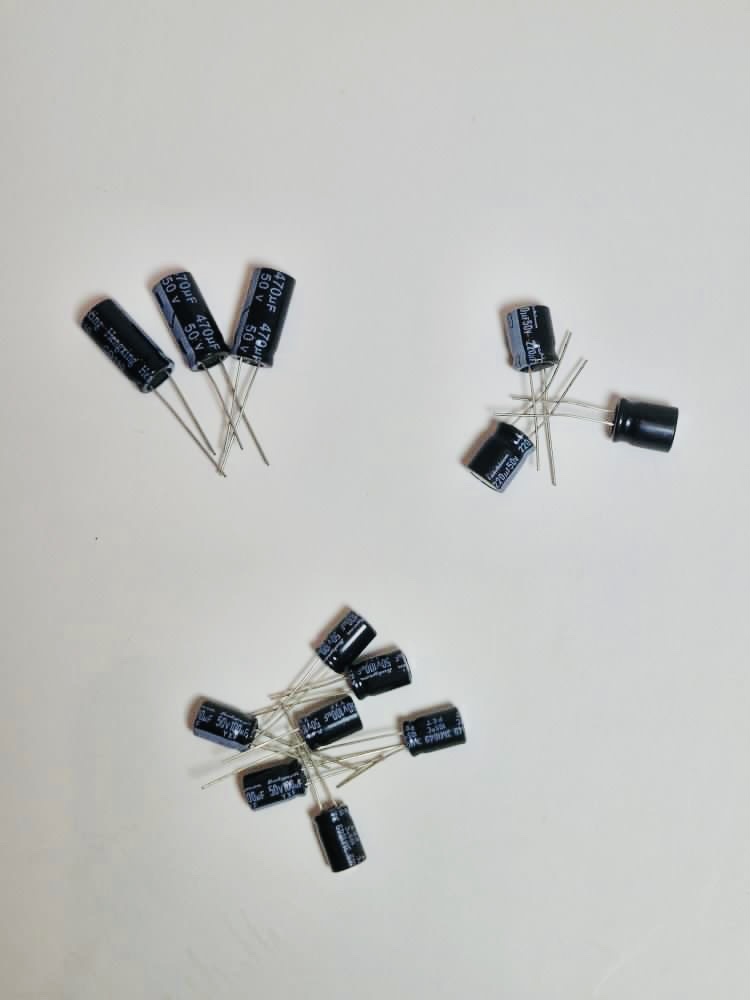
Power System Overview
Your kit includes a Li-ion cell (3.7V, 2000mAh), a boost converter, and a charging module:
- Battery Charging Module: Connect the Li-ion cell to the charging module to maintain a safe 4.2V charge.
- Boost Converter: The boost converter can increase voltage output up to 28V. Adjust voltage using the potentiometer.
- Resource:
- Boost Converter Guide on Instructables
- Boost Converter Setup Video 1
- Boost Converter Setup Video 2
4
5
Working with Sensors
The kit provides several sensors. Here’s how to set up and use a few of them:
- IR Obstacle Sensor:
- Application: Ideal for detecting nearby objects in robotics.
- Setup and Code Example: IR Sensor Guide
- Resources:
- Light Sensor (LDR):
- Function: Measures light intensity.
- Usage: Connect to the ESP32’s analog input to monitor ambient light levels.
- Resources: LDR Alarm Project on Instructables
- Gas Sensor (MQ5):
- Purpose: Detects gas concentrations, useful for air quality projects.
- Setup and Example Code: MQ5 Gas Sensor with Arduino
- Resources: LDR Alarm Project on Instructables
- DHT11 Temperature and Humidity Sensor:
- Application: Measure temperature and humidity.
- Instructions: Use with the ESP32 for environmental monitoring.
- Resource: DHT11 with ESP32 Guide

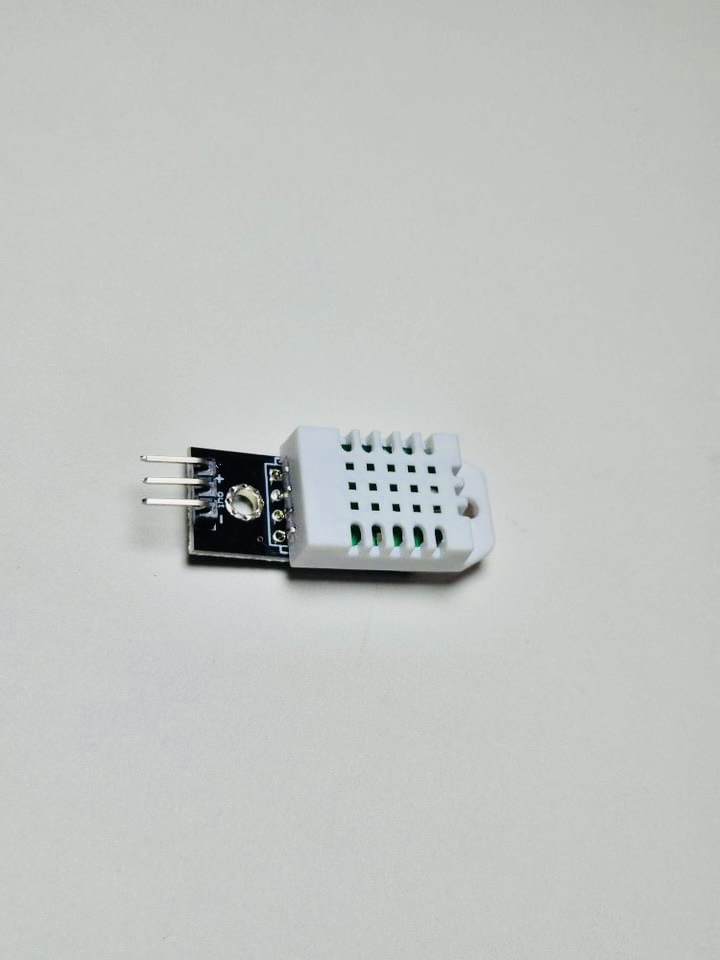
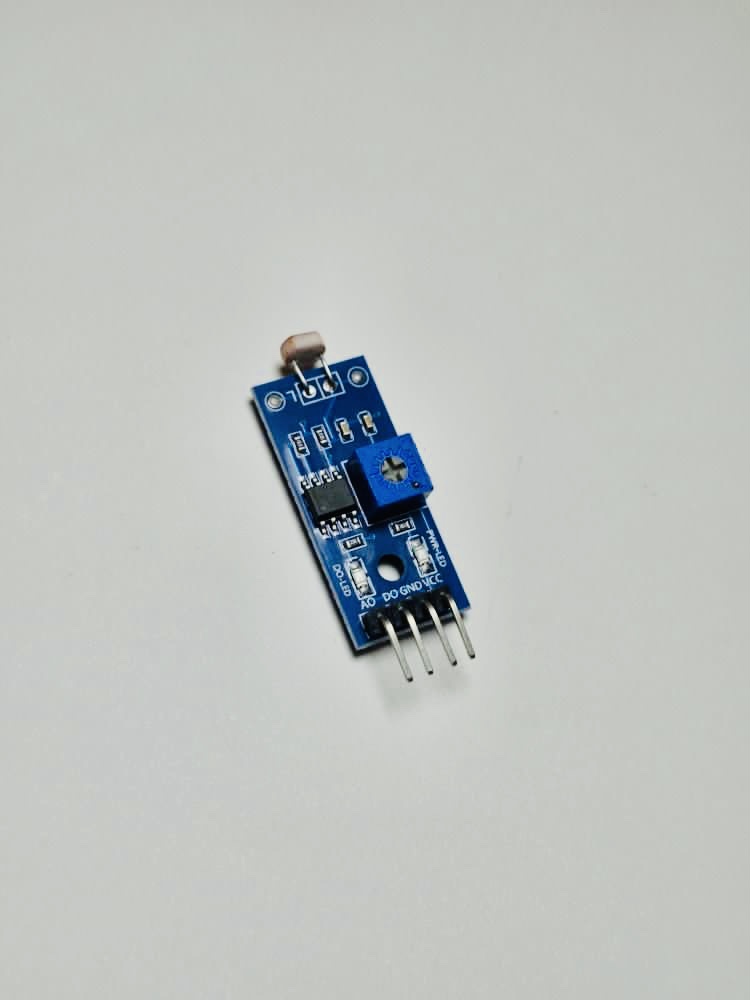
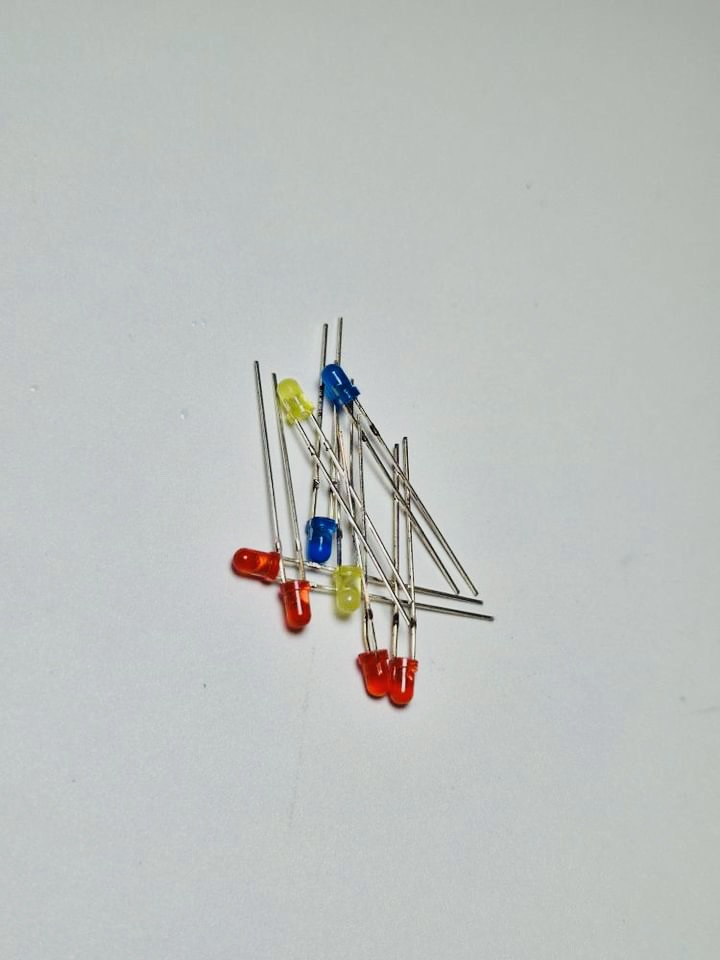
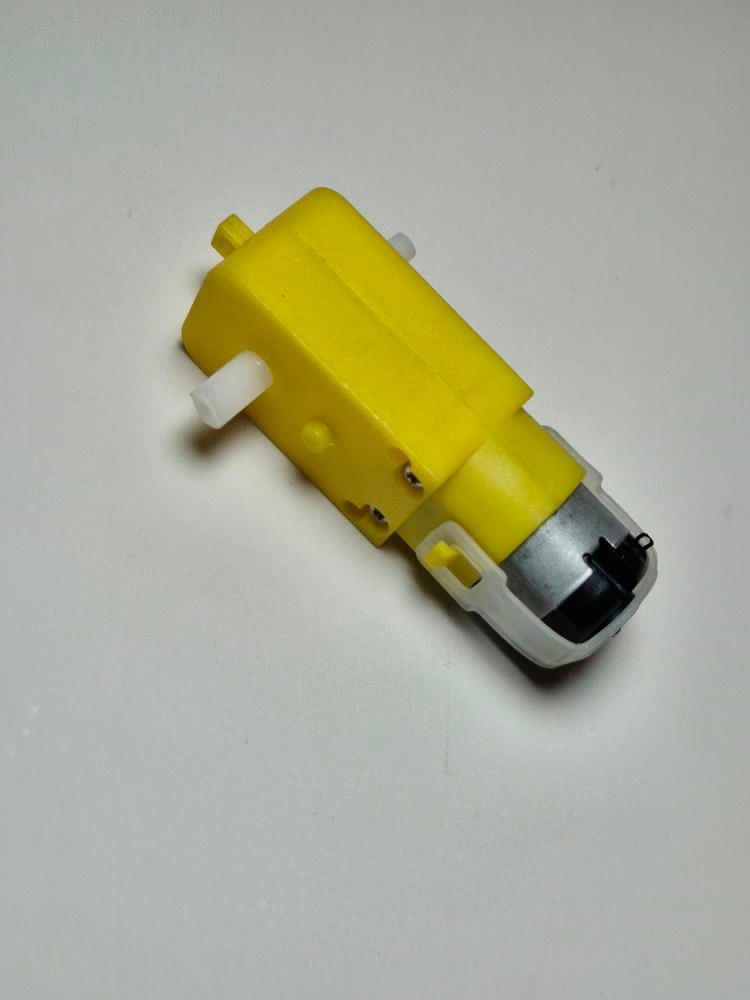
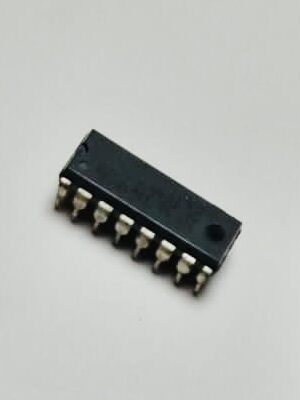
Motors and Motion Components
- Geared Motors (6V-9V):
- Use in Projects: Suitable for basic movement in robotic projects.
- Motor Driver Setup: Use the motor driver for control; MOSFETs are also included for higher power switching.
- Resource:
6
7
Working with Connectors and Headers
- Jumper Wires and Silicon Wires:
- Jumper Wires: For low-power connections like sensors and LEDs.
- Silicon Wires: For high-power components (over 0.5A current).
- Headers: Link the microcontroller to other modules using headers and jumper wires for stable connections.
- Resource: Jumper Wire Basics
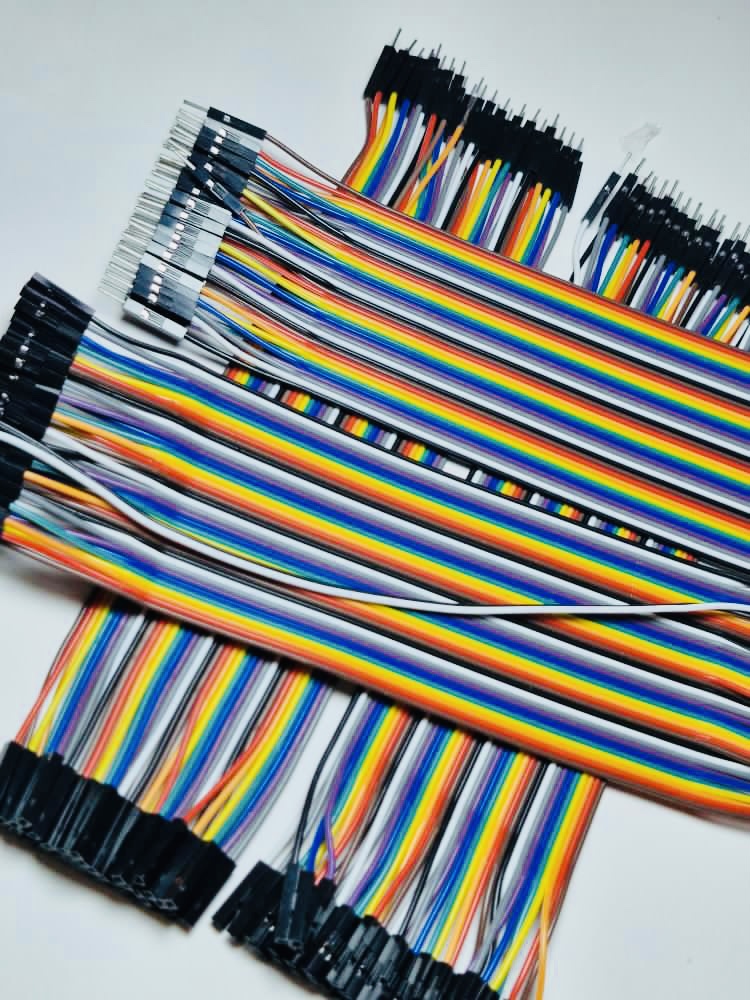
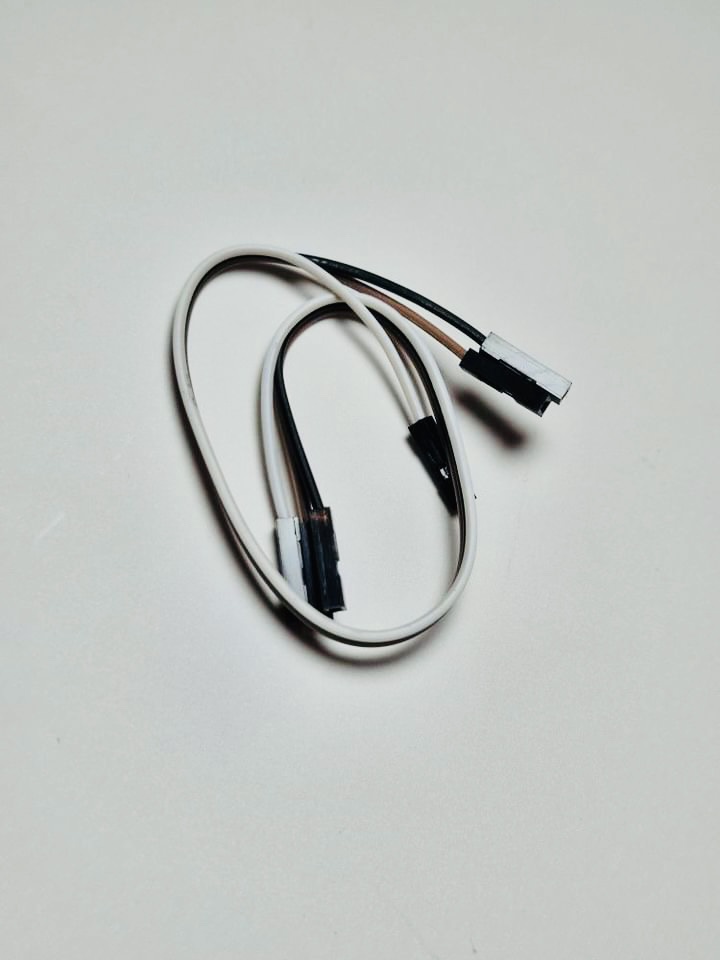
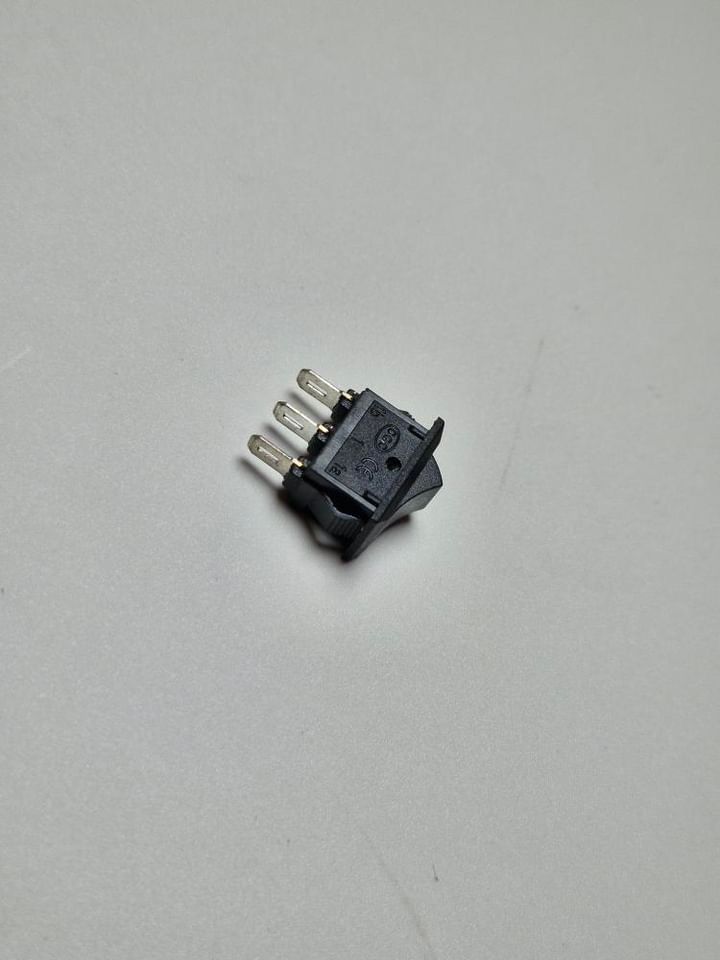
Sample Projects
- Project 1: Smart Light Control System
- Components Needed: ESP32, LDR, LED.
- Instructions: Use the LDR to detect light levels and automatically turn an LED on/off.
- Code Example and Guide: Smart Light Control with LDR
- Project 2: Simple Temperature and Humidity Logger
- Components Needed: ESP32, DHT11, Li-ion cell.
- Instructions: Monitor and display temperature and humidity using the DHT11 sensor.
- Resource:
